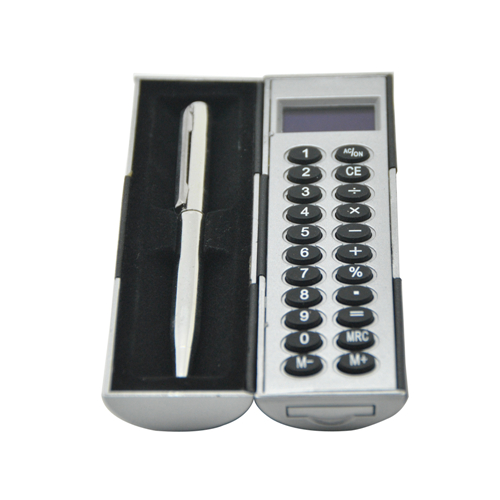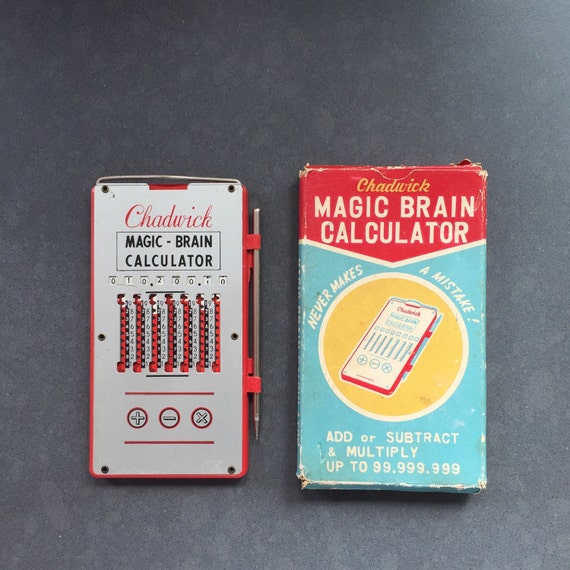

Many math tricks call on students to compute with the four basic operations - sometimes applied to very large numbers. Students could work in small groups to explain a trick quickly and effectively.Īsk students to develop their own math tricks. See "How Did You Do That?" below.Ĭhallenge older or advanced students to figure out on their own how a trick works and then explain it so everyone else can understand. Provide calculators as needed for multiplying and dividing, or for double-checking answers.Īfter enjoying a math magic show, guide students in understanding how one of the tricks works. She teaches grade 4 math at Washington International School.Īdapt number tricks for younger students by asking them to choose a starting number less than 20 or even less than 10. Wendy Petti is the creator of the award-winning Math Cats Web site, author of Exploring Math with MicroWorlds EX (LCSI, 2005), and a frequent presenter at regional and national math and technology conferences.

Write the answer on a piece of paper ahead of time, place it in a decorated box, and wave your magic wand over it to help the magic number fill the room and enter every person in the room.Before beginning a trick the answer to which you know in advance, write the answer on a piece of paper, fold it several times, ask a student to keep it in his or her pocket "so the magic won't escape" and then, after everyone has followed the steps, ask the student to unfold and read the answer.Wear a magician's hat and cape, wave a magic wand, listen to a puppet friend whisper in your ear, or gaze into a crystal ball as you announce the answer in a dramatic voice.ADD SOME FLAIR!Īdd to the fun and sense of wonder by throwing in some dramatic effects: The resources at the end of this article encompass a variety of ideas presented in kid-friendly fashion. everyday objects: Introduce students to a realm of mathematics they might never have heard of - topology - as they ooh and ahh over paper clips leaping and linking together when a dollar bill is snapped, or over the wonders of a Mobius strip.handmade cards with specially created sets of numbers.What do you get when you cut a Mobius strip in half? (a longer Mobius strip!)

The first four digits are the year of your birth. When starting with 2, the new number is 222,222,222. (It's a string of nine digits made up entirely of each person's starting number. Surprise! Look at the number you have now! Multiply the magic number by your new number. Some number tricks come back to a form of the starting number(s): Here is a magic number: 12,345,679 (Write it on the board.) The starting number appears in a final custom number. Reverse the digits and add this new number to the circled number. Subtract the smaller number from the larger one. Reverse the digits and write down this new number. The first and last digits should have a difference of more than one.

(This trick works with numbers up to eight digits, when each digit is different.) (If you get a two-digit answer, add the two digits to get a single digit.) Subtract the smaller number from the larger.Īdd the digits in the difference. Mix up the digits to get another three-digit number. Write a three-digit number (with three different digits). One type of number trick involves adding, subtracting, multiplying, or dividing by a starting number and subtracting the original number in such a way that each participant always arrives at a certain number: Think of a number between 1 and 100.Īnother type of number trick involves rearranging and recombining digits: Operate on a starting number and always end up with a given number. Abracadabra! Your number is 13! Images courtesy of Wendy Petti.


 0 kommentar(er)
0 kommentar(er)
